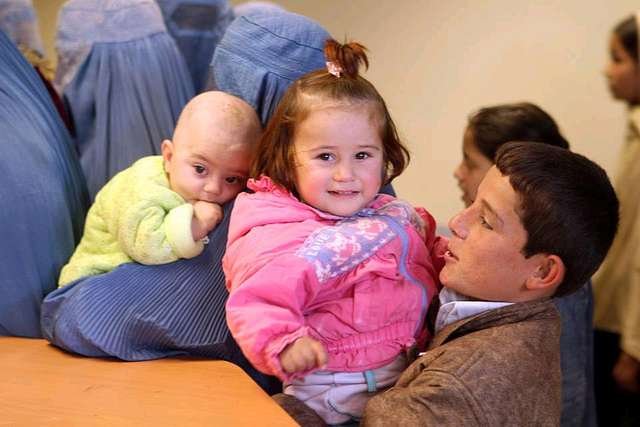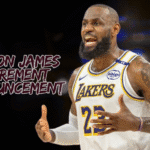Last Updated on March 12, 2025 by Nadeem Ahmed
As a parent, you want what’s best for your child. You want them to grow up healthy, happy, and successful. Part of ensuring your child has all the tools they need to succeed in life is making sure they have good eyesight. Unfortunately, many children don’t have their vision checked regularly, and as a result, suffer from undiagnosed vision problems that could have been detected with eye care for kids. In this blog post, we’ll show you how to determine if your child has vision problems, and what to do if you think they might. Keep reading to learn more!
Table of Contents
Symptoms of poor eyesight in children
There are a few different ways to tell if your child might have poor eyesight. Here are some common symptoms:
- Rubbing their eyes frequently
- Holding books or other objects close to their face
- Sitting close to the television or holding devices too close to their face
- Complaining of headaches or dizziness
- Losing place while reading or skipping lines while reading
If your child is experiencing any of these symptoms, it’s important to take them to an eye doctor as soon as possible for an evaluation.
Types of vision problems in children
There are two main types of vision problems that children can suffer from: nearsightedness and farsightedness. Nearsightedness, also called myopia, is when objects close up are clear but objects far away are blurry – this is the most common type of vision problem in children.
Farsightedness, on the other hand, is when distant objects are clear but close objects appear blurry. This is less common than myopia but can still occur in children. If not treated properly, both nearsightedness and farsightedness can cause significant problems for children as they grow older. That’s why it’s so important to get your child’s vision checked on a regular basis!
Treatment for vision problems in children
If your child is diagnosed with a vision problem, there are a few different treatment options available. The best course of action will depend on the severity of the problem and the age of your child. For mild cases of nearsightedness or farsightedness, simple corrective lenses may be all that’s needed.
However, for more severe cases or for children who cannot wear corrective lenses (such as young children), surgery may be an option. Surgery for vision problems is usually very safe and effective, but it’s always best to speak with your doctor beforehand to see what they recommend.
If you think your child might have vision problems, don’t wait to get them evaluated by a doctor! The earlier you catch the problem, the easier it will be to treat and the less impact it will have on your child’s life. Use this blog post as a guide to help you determine if your child has vision problems and what steps you need to take next!















